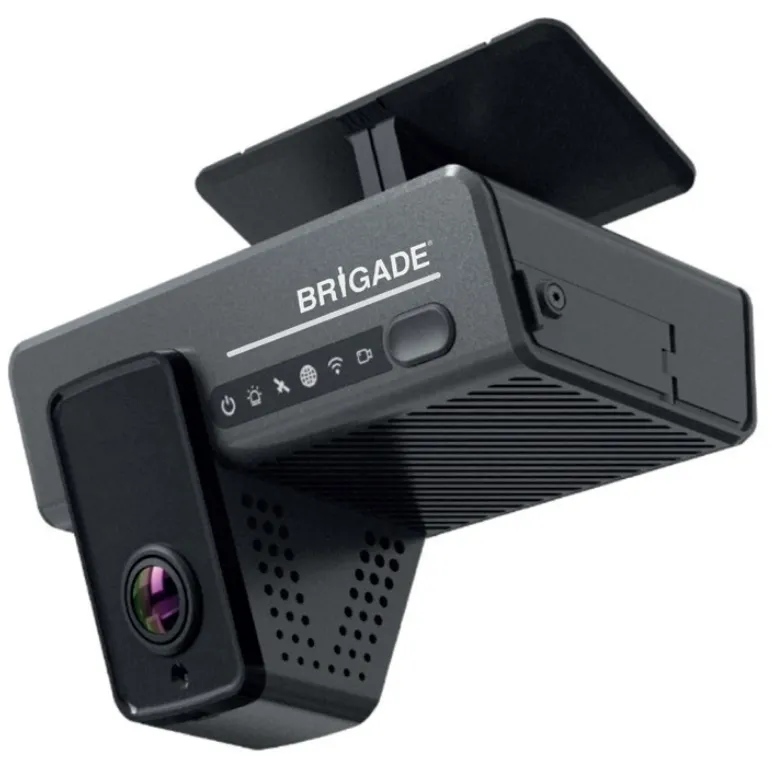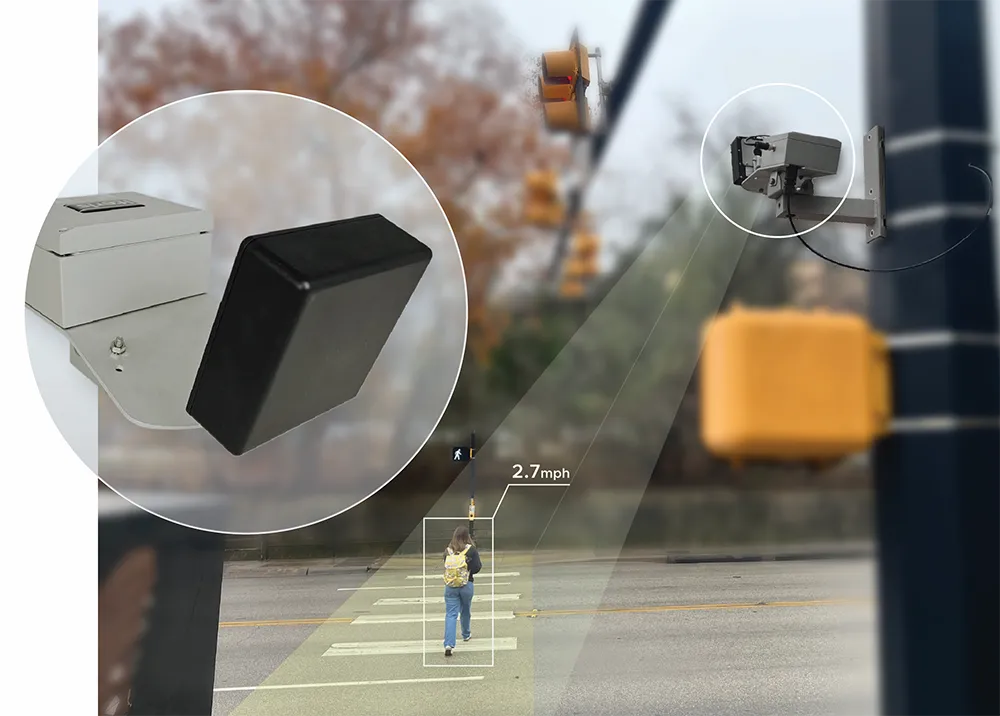
Brigade Electronics, a provider of vehicles safety systems, has added AI Connected Dashcams to its range of artificial intelligence technology products.
Following the launch of Brigade’s AI cameras last year, AI Connected Dashcams are designed to bring even more enhanced safety solutions to fleet managers on the road.
The AI Connected Dashcam is a compact, windscreen-mounted dual camera system that uses AI technology to provide event warnings, high-definition incident recording and monitor driver behaviour.
The forward-facing camera’s AI technology can identify and audibly alert a driver to a hazardous situation, such as the risk of colliding with a vehicle ahead or an unsignalled lane departure. Through the delivery of real-time audio alerts, the driver can take immediate action to prevent an incident.
The system’s driver-facing camera will identify issues, such as mobile use, smoking or inattentiveness.
Brigade says that installation and calibration is simple. There is an enhanced G sensor for detection of harsh braking, cornering and acceleration events. Built-in AI can identify a forward collision, unsignalled lane departure and monitor driver behaviour. Event notifications are sent to the dashboard or app to alert fleet managers to high-risk incidents.
Alerts and video are sent to a remote dashboard as events happen. This can prove invaluable for fleet managers and allows them to review in-cab footage and analyse driving habits, explained Peter Squire, managing director at Brigade Electronics in the UK. Such information can be used to help identify high risk situations and behaviours so that the appropriate training programmes can be implemented to promote a safer driving culture and improve overall driver safety.
“Our AI Connected Dashcams work in conjunction with our Brigade Video Telematics - a fully-managed service that allows users to receive event alerts and video clips from the dashcam while being able to live stream footage in real time and download past data,” said Squire. “This means fleets can be managed remotely and allows drivers to make more informed decisions that support their work and enhances safety for all.”
Brigade’s product portfolio includes 360-degree camera systems, camera monitor systems, white sound reversing alarms, obstacle detection sensors, obstacle detection radar and digital recorders.










